ROOM: The Space Journal is one of the major magazines on space exploration, technology and industry. At ROOM, we share a common goal – advancement of peaceful space exploration for the benefit of humankind, all while bringing you detailed articles on a variety of contemporary topics. Our authors include analysts and industry leaders from all over the world, which lets us bring you the most up-to-date and comprehensive information about shuttle space take off.
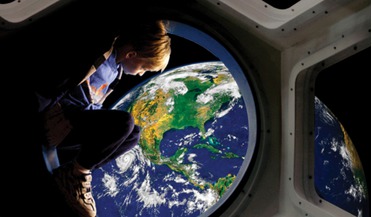 August 2016
The promise of space tourism
August 2016
The promise of space tourism
.... Now, thanks to the Wright Brothers and others, the everyday person will be able to take an afternoon suborbital flight to the edge of space, or go all the way to orbit and circle the entire planet every ninety minutes while.... Long before the Sun meets its death, before our planet becomes a cold, lifeless cinder block in space, taking human life elsewhere in our Solar System will tip the scale from extinction to evolution. Apart from...
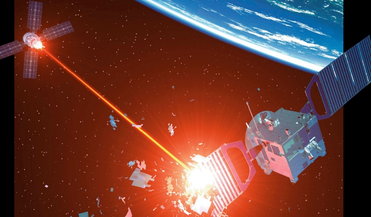 June 2022
Military space – how worried should we be?
June 2022
Military space – how worried should we be?
... 1982-92. It was practice to identify the crew and broadcast the launch from countdown to main engine cut-off; and the final stages of the landing, but there was blackout in between. What is most surprising,...Right Stuff (Warner Brothers, 1983) unmistakeably reflected the US government and media portrayal of early space as ‘peaceful purposes’. The Space Shuttle had its own dedicated west coast military base, Vandenberg Air Force Base. Full spectrum...
 February 2019
The Space Elevator – an alternative path to space?
February 2019
The Space Elevator – an alternative path to space?
... anchor on the ground, the Earth-anchor, also ground- or base-anchor, keeps the elevator from lifting off and flying away, just as a rotating sling flinging a stone is held by the hand at the centre. The apex... the plane of the elevator will eventually hit it. This danger is as real as a speck of paint almost taking out the window of the space shuttle! The risks of debris, large and small, and the possible responses are complex [19] and...
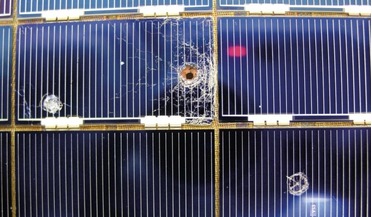 February 2021
Space archaeology - preserving our orbital heritage
February 2021
Space archaeology - preserving our orbital heritage
... (LEO and MEO). No. There’s stuff we could harvest and use up there. Maybe… perhaps we should take a look at it first and then decide. The question was a broad one and the reply options necessarily...of even a small paint flake travelling in excess of 17,500 miles per hour is significant, as shown by craters observed in Space Shuttle windows. Whilst larger assets such as the ISS have Whipple shielding to provide a measure of protection from debris...
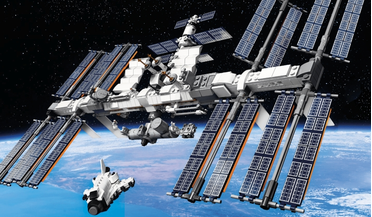 July 2020
Lego’s replica space programme
July 2020
Lego’s replica space programme
...But times change. In recent decades, Lego has evolved into ‘kits of parts’ for specific, one-off creations that require less imagination but more of a capability to follow (sometimes quite detailed) instructions. This ... commercial, lack-of-saleability reasons). It could, however, be time to consider that icon of human space travel, the Space Shuttle, as it drifts further into the mists of history and rose-tinted recollection. About the author Mark...
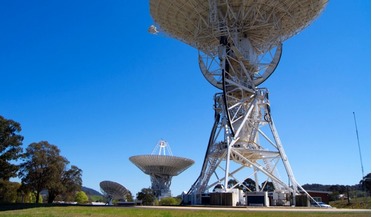 February 2019
Building a space museum from scratch
February 2019
Building a space museum from scratch
...pieces of heatshield, materials from a Mercury spacecraft, and several types of thermal protection tiles used in the Space Shuttle programme. For a space-nut like me, it was heaven. The big crate had my heart pounding. It stood nearly as ...multimedia over time. We’re now even looking at the possibilities of building a whole new purpose-built facility to take us well into the future. It all had very humble beginnings, but if you believe in what you...
 January 2023
Original Sin - Power, Technology and War in Outer Space
January 2023
Original Sin - Power, Technology and War in Outer Space
... part deliberate covers for developing essential military space technologies such as more capable missiles, nuclear warheads and spy satellites. The US Space Shuttle was in part originally designed and funded ..., and agricultural monitoring systems. Many newcomers to space industries are developing their own military or economic space systems or partnerships on the global marketplace, keen to take advantage of, and trying not to be taken advantage...
 February 2020
Preserving our space heritage
February 2020
Preserving our space heritage
...cars, etc, but probably no satellites that have actually flown in space. There are, of course, a few re-entry capsules and a limited cadre of space shuttles, manned vehicles that were deliberately designed to return to Earth. But... augmented reality exhibits. Imagine, for example, visiting the Science Museum in London, donning a headset and taking a trip to fly around an iconic satellite of your choice - perhaps Britain’s Prospero, launched in 1971...
 September 2023
The Institute of Biomedical Problems - Sixty years of contributing to the development of space biomedicine
September 2023
The Institute of Biomedical Problems - Sixty years of contributing to the development of space biomedicine
... norms to be revealed in much more detail, to detect more fully the reserve capabilities of a human being, to take part in medical support and training of elite athletes and to offer a number of innovative developments for practical health...in 1971 to coordinate work in various areas of space biology and medicine, laid the foundation for many years of cooperation under the Mir-NASA and Mir-Shuttle programmes, which later became the basis for...